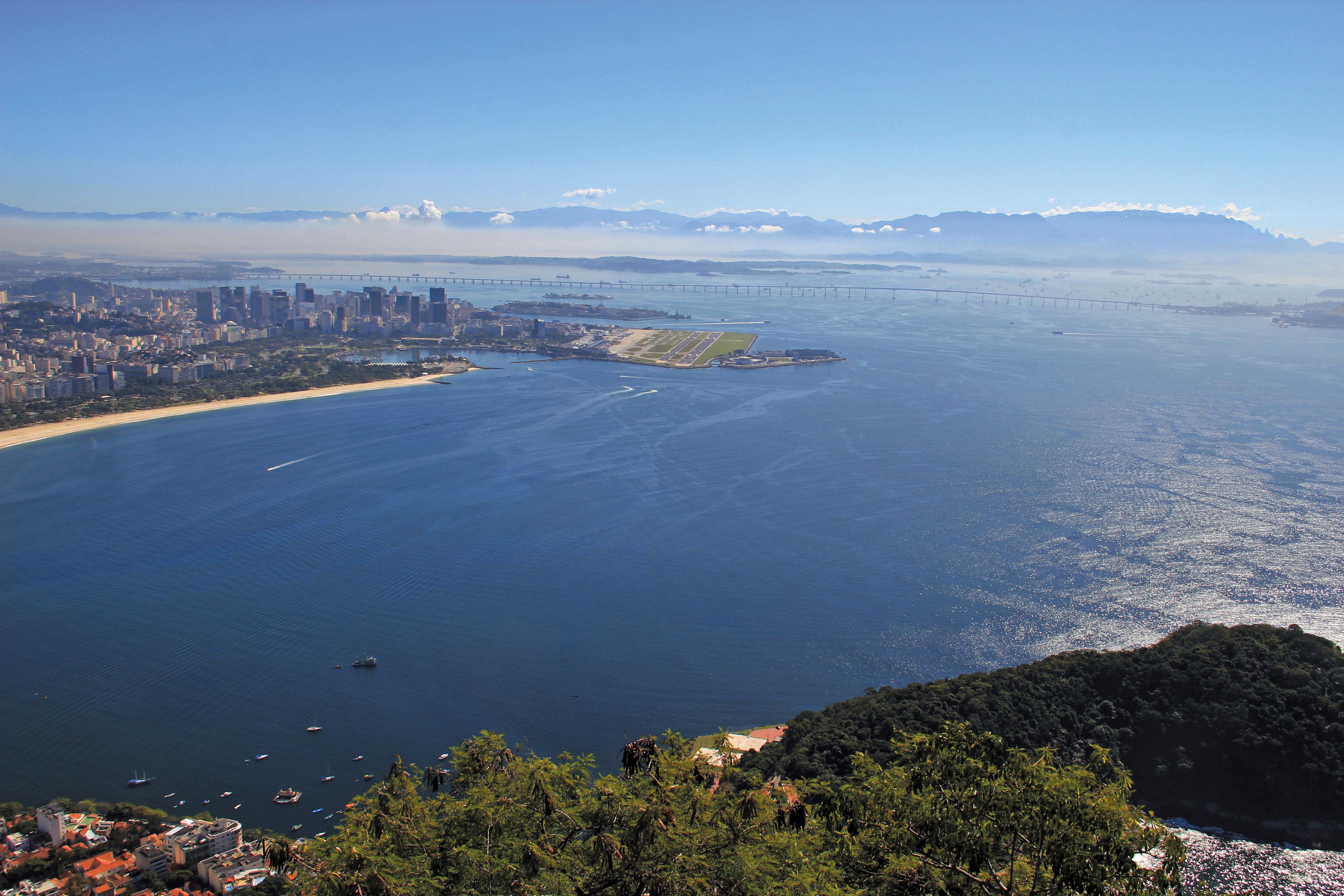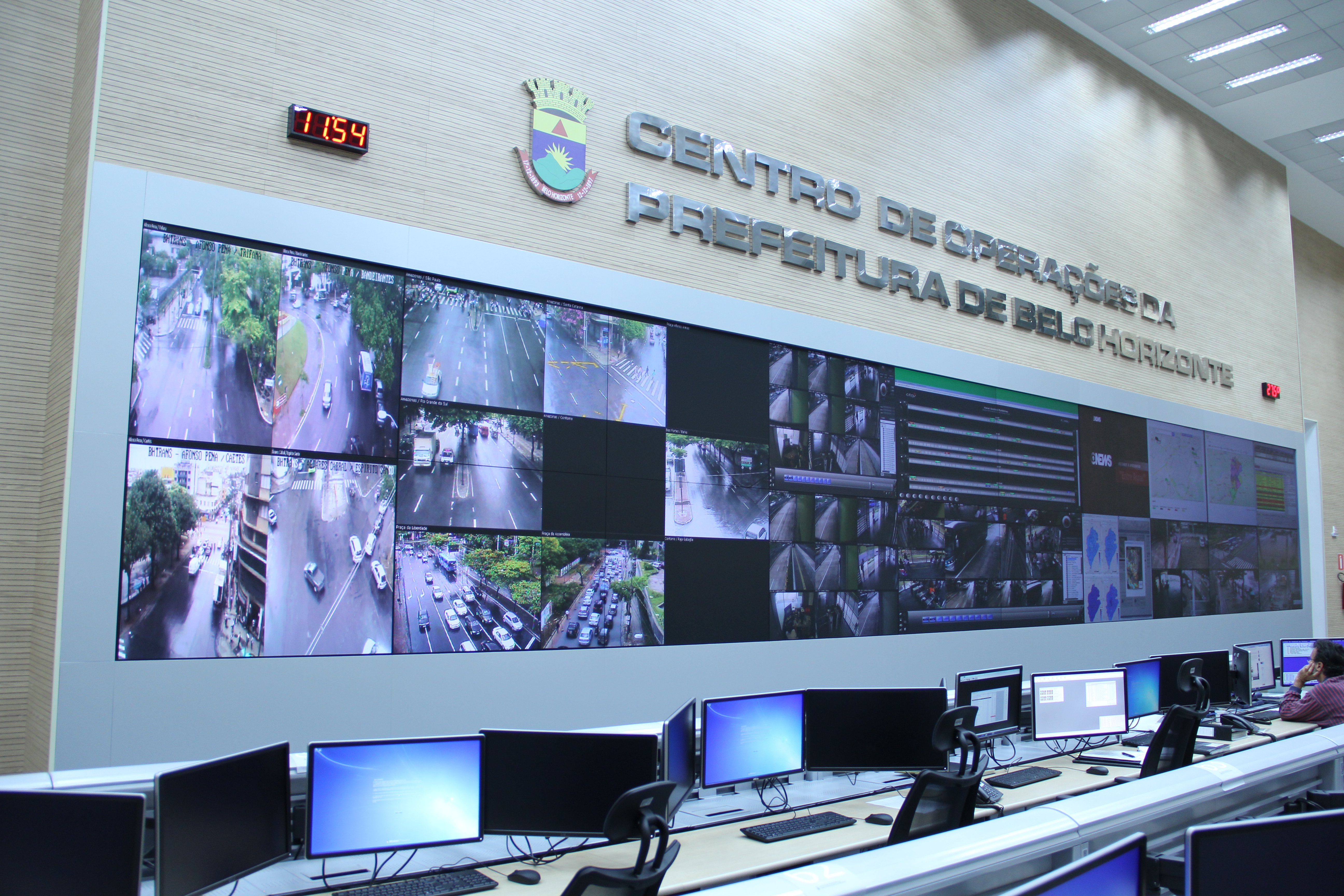
With the Olympics approaching, Sony’s Stephane Clauss examines how the latest camera technologies can help cities cope with the huge crowds attending major events.
This August will see more than 10,000 athletes head to Rio de Janeiro for the Olympics Games. Alongside them will be their coaching staff, a hoard of logistics teams, thousands of volunteer marshals (London 2012 had 70,000) and millions of spectators.
All such major events have nervous jitters on the way to the opening ceremony. This year has seen worries focus on transport (particularly the metro system extensions) but such hiccups happen in the run-up to even the best-run events.
London’s 2012 Olympics have been cited by many (often begrudgingly) as the best Olympics in the modern era. The Australian newspaper wrote: “As awful as it is to admit, London 2012 was bigger, slicker, almost as friendly and more thoughtfully planned than Sydney in terms of the legacy it will leave the host city.” Yet there was still a panic before the event: the army was drafted in to replace the security on the venues’ gates which should have been provided by private contractor G4S. Many predicted total traffic gridlock and airlines warned of chaos.
This magnitude of influx can overwhelm any transport system - but vision systems can help.
Airport security
It is unclear if the Rio Olympics will see as many visitors as London, Beijing or Sydney but the region’s airports will still see their passenger numbers rise to an unprecedented level. In 2013, the city’s main airport - Rio de Janeiro–Galeão - had 17.1m people flow through its arrival halls. In the same year Heathrow had 72.4m – and that is without the Olympic effect.One of the biggest challenges airports face during high profile events is managing people through customs (especially as security will be necessarily heightened) and to manage the evolving situation they need to bring in staff at the right time to cut the queues. Standard wide-area video analytic techniques are inappropriate for counting people in this scenario as baggage would cause a lot of false-positives and disturbance in the data with cameras looking horizontally. But one possible solution comes from the Dutch systems integrator Abstract Computing.
Abstract’s SCANaLANE system provides airport staff with real-time information on the volume of passengers moving into the arrivals hall. The system is being trialled in a 25 x 50m arrivals hall with 12 lanes and queues stretching back up to 50m.
Rapid advances in video resolution and processing power are also helping to speed travel through the airport without affecting security. The latest 4k sensors in particular are already being used for biometric recognition - giving 8MP images at 30fps and enabling high-resolution images held digitally for the passport (along with additional biometric information) to be matched to the person standing in front of the camera. While the lighting needs to be controlled for this operation, being indoors this can be managed relatively easily.
On the roads
The next challenge is getting from the airport - Rio’s main airport is a 20km drive - by bus, rental car or taxi - into the centre. For security reasons and congestion monitoring, the airports need to monitor how long vehicles wait in drop-off zones.Here ANPR systems at the entry and exit points can manage this task efficiently, and, more importantly, detect cars on alert lists - such as stolen vehicles or those belonging to known threats - enabling attendants-on-foot to direct people away safely and quickly.
Here the camera’s dynamic range and light sensitivity will be key factors. Camera systems should also be equipped with wireless communications - ideally 4G (backed up by 3G or Wi-Fi) mobile connectivity - to alert staff and check databases.
Once out on the highways, Brazil’s roads are not always friendly to foreign drivers - carjackings are common, cars frequently fail compliance tests and crash rates are high. Its car-theft statistics state 14 in every 1,000 cars are stolen and Secured By Design ranks the country bottom of 34 major economies.
Ensuring cars on Brazil’s roads are both road-legal and being driven appropriately has been a priority for the police force in the run-up to the Games (and also the 2014 Football World Cup), with Brazil’s FiscalTech developing a hand-held ANPR system for the force. This system combines ANPR image analysis software and processor, with a high-resolution/wide-field-of-view camera, laser speed detection, GPS location and wireless connectivity to detect, extract and cross-check license plate details, car colour and type against the force’s database.
It can cover up to four lanes on a highway to monitor traffic volumes and detect speeding infringements, stolen, non-roadworthy, untaxed or false-plated vehicles.
Similar systems using pole-mounted cameras from NDI Recognition Systems were (and are still) used throughout London since 2002 to protect high-risk targets - including the 2012 Games. Greater Manchester Police also use the system which it describes as ‘an invaluable tool’. It said that by denying criminals the use of the road, the police will be better able to enforce the law, prevent crime and detect offenders. ANPR can also assist casualty reduction by removing unsafe vehicles and drivers from our roads.
Journey times
All short-term major events – such as the Olympics, the Tour de France or an F1 Grand Prix - cause disruption for people living or working near the venues. ANPR - with cameras placed along key routes - systems can help identify journey times and direct traffic accordingly.The cost of travel time systems has also dropped in recent years with the rise of Bluetooth in cars, which emits a unique identifier and allows more frequent (albeit slightly less reliable) identifications to be made along the routes. I’m told by Abstract Computing, which implements such systems, that Bluetooth sensing alone delivers a detection rate of approximately 70%, and by combining this into the system the more expensive ANPR cameras only need to be use for confirmation at key points.
Public transport
A key legacy pledge in Rio’s bid to stage the Olympics was to develop the metro system and reduce the pressure on its over-congested road network – however this is unlikely to be achieved in time for the Games. This inevitably means even greater pressure will be placed on the existing metro network due to the Games-related influx, so controlling passenger numbers entering the stations at peak times will be essential.
Some systems integrators are beginning to deploy networks of cameras that can recognise and track people in a subway network (although such systems are still in their infancy and probably not available for Rio). When a person enters the station they are spotted by one of the cameras and their face’s key features are logged in a process called face profiling. By linking all of the station’s cameras together, the software is able to track individuals through to the train and log the time it takes. It does this in addition to counting the number of people entering the station and, when necessary, it can highlight to station staff the need to ask travellers to wait at safe points in order to prevent overcrowding.
Rather than needing to undertake full facial recognition, facial profiling only needs to track key features to enable such an application but these are still very demanding applications requiring the full capability of the latest 4k cameras. Processing this amount of data remains a challenge, especially at stations like Gare du Nord in Paris which have multiple entry points and even more crossing corridors that greatly increase in the number of linked cameras and therefore an exponential rise in the amount of data being analysed. But these systems will be available soon.
It’s too late to implement all this for Rio, but will be interesting to see what the planners implement for Tokyo 2020 and what other advances will have been made by then.
- ABOUT THE AUTHOR: Stephane Clauss is an expert in machine vision-based intelligent transport systems at Sony
5853 Image Sensing Solutions.










